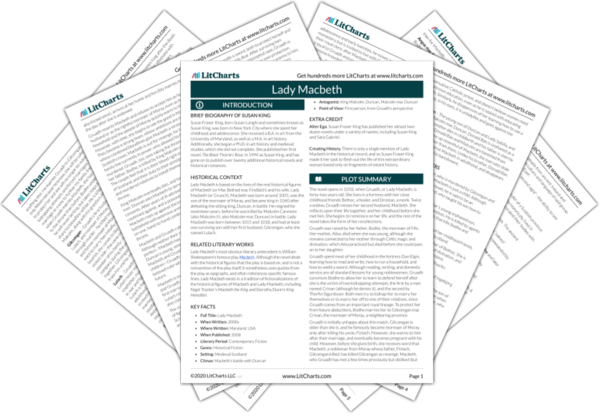From a young age, Gruadh’s family involved her in politics, which were not an area typically open to women. This knowledge will help her as a wife and queen later in life. King Malcolm’s ruling is not in the interest of justice, but instead in the interest of keeping himself powerful. He knows that the mormaer of Moray is like a second king because of the strength of the region, and therefore wants to install someone already powerful and trustworthy.
